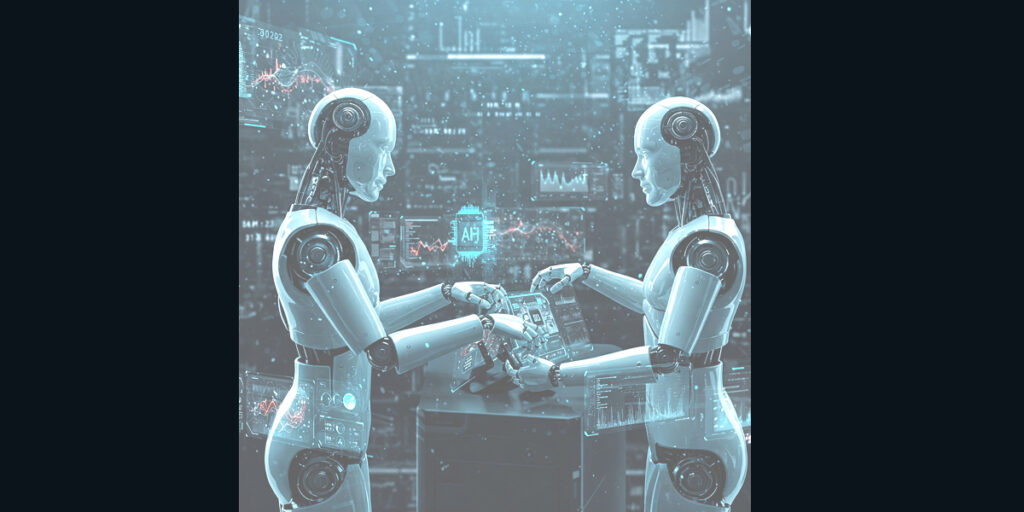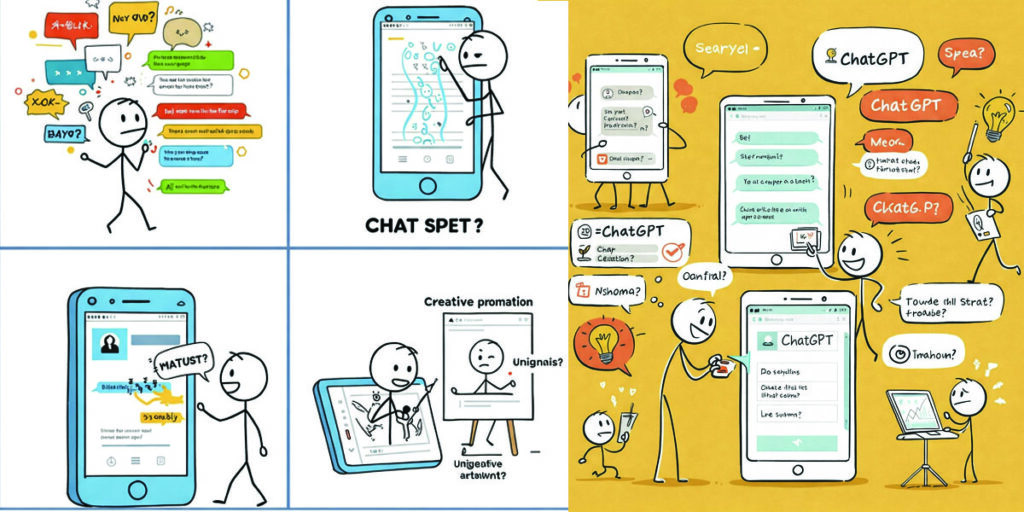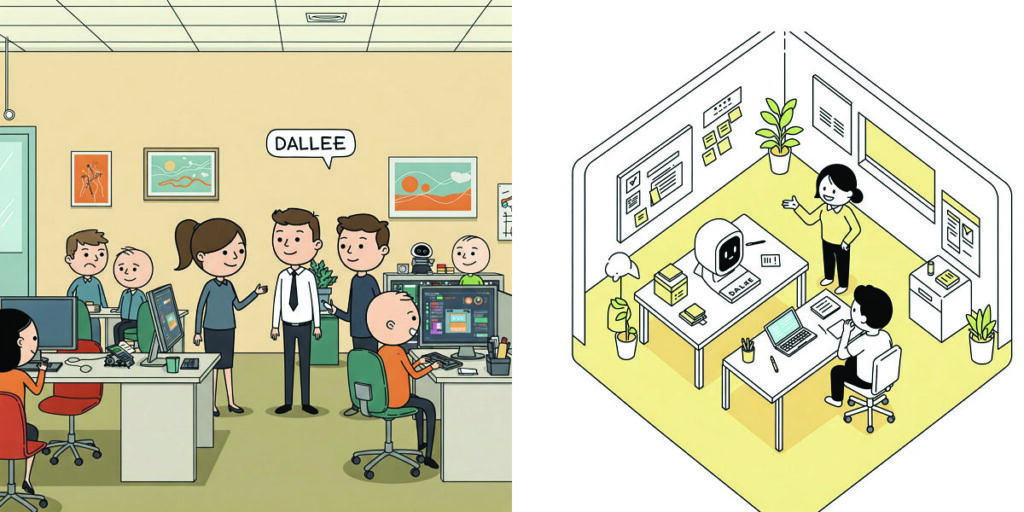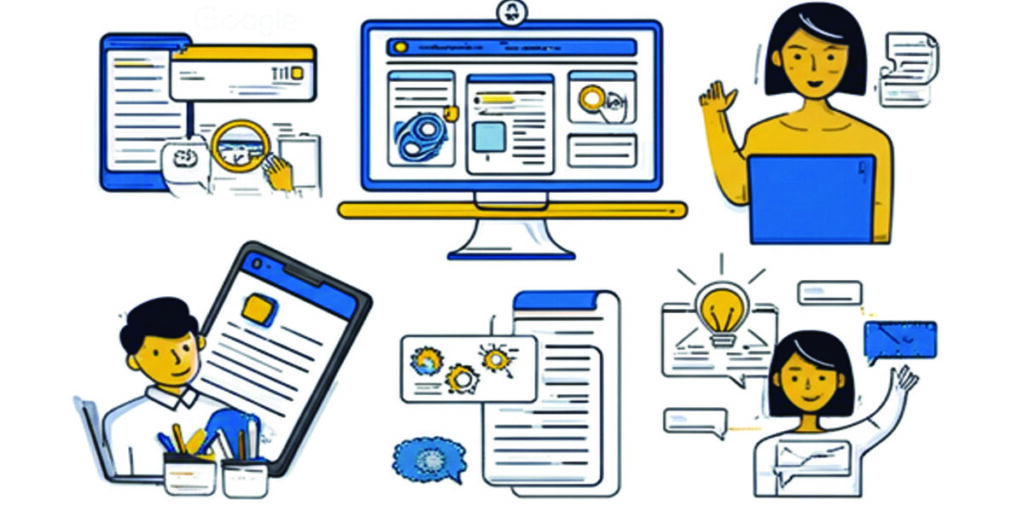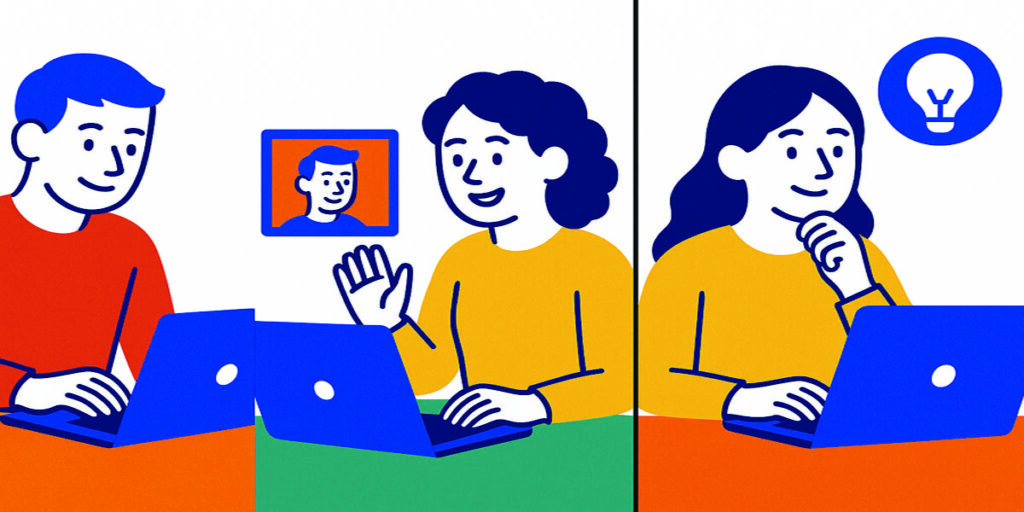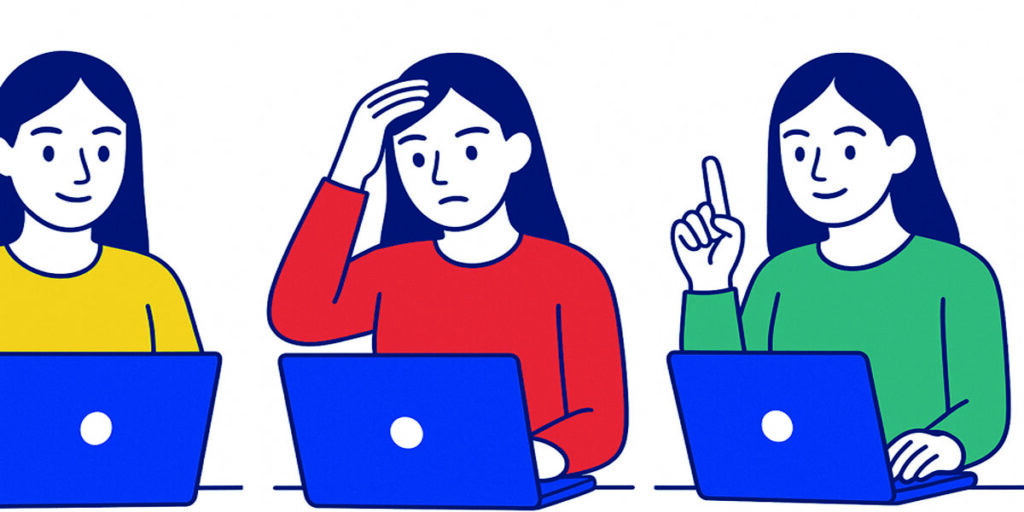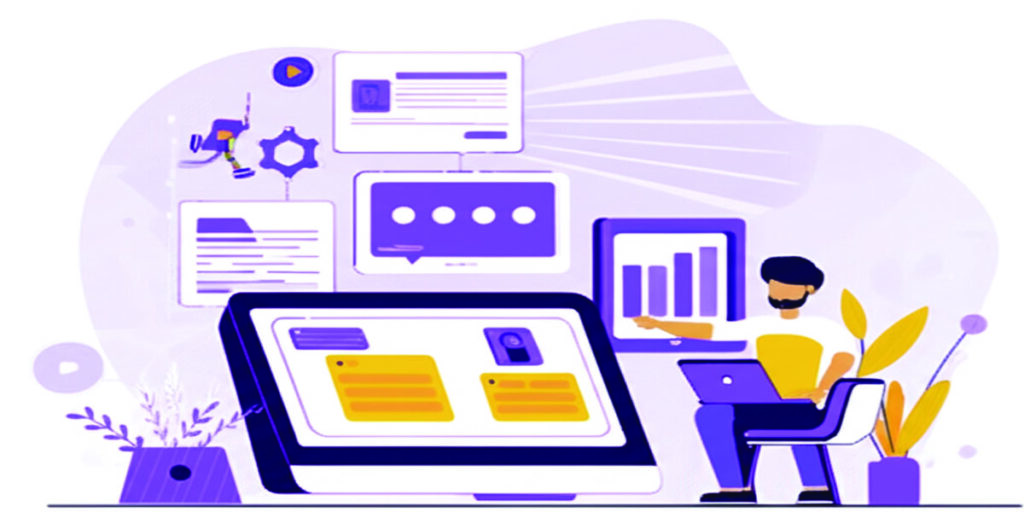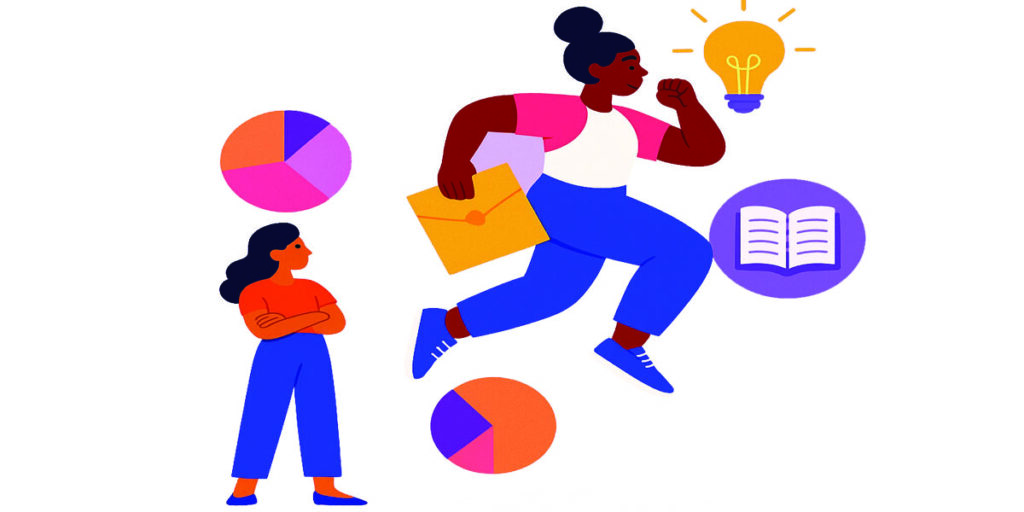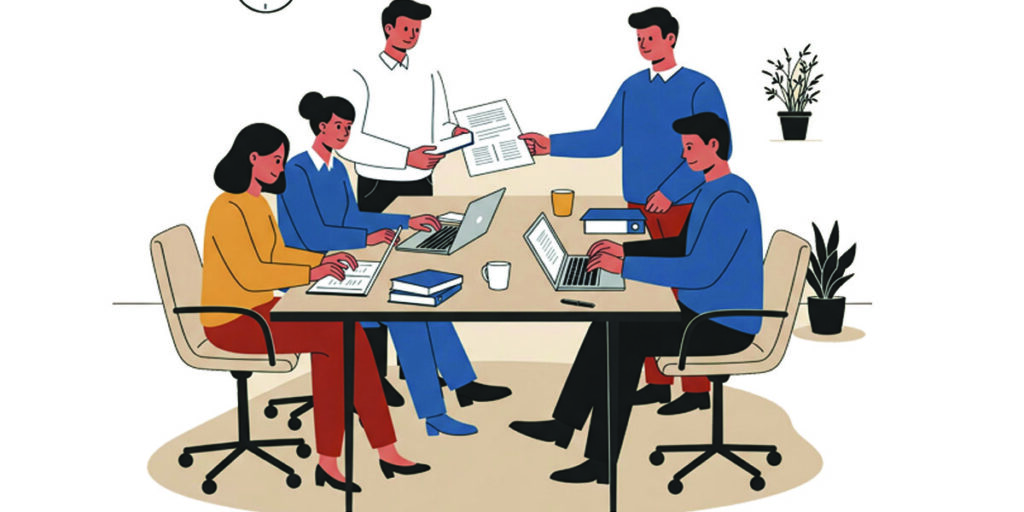Advanced version of Runway’s video AI for text-to-video generation.
The landscape of content creation is undergoing a seismic shift, driven by advancements in artificial intelligence. Among the most transformative of these is the emergence of sophisticated text-to-video generation models. RunwayML, a pioneering force in applied AI research, has consistently pushed the boundaries of creative tools. Their latest offering, Runway Gen-2, represents a significant leap forward from its predecessor, promising to revolutionize how video content is conceived, produced, and disseminated. To truly understand the impact of Runway Gen-2, we must delve into the historical context of AI-driven video creation, analyze its position within the burgeoning economic market, and explore the networking effects it is poised to unleash.
A Historical Perspective: The Evolution of AI in Video Creation
The notion of machines generating visual content from textual descriptions has long resided in the realm of science fiction. However, the past decade has witnessed remarkable progress in artificial intelligence, particularly in the fields of natural language processing (NLP) and generative modeling.
Early attempts at AI-driven video creation were rudimentary. Initial approaches often involved stitching together pre-existing video clips based on keywords or simple textual prompts. These methods lacked the ability to synthesize novel visual content and were limited in their creative potential.
The advent of deep learning, particularly advancements in Generative Adversarial Networks (GANs) and Variational Autoencoders (VAEs), marked a turning point. GANs, introduced by Ian Goodfellow and colleagues in 2014, pit two neural networks against each other – a generator that creates synthetic data and a discriminator that tries to distinguish 1 between real and generated data. This adversarial process enables the generator 2 to learn to produce increasingly realistic outputs, including images and short video snippets.
www.aimodels.fyi , www.ituonline.com
RunwayML emerged as a key player in democratizing these powerful AI tools for creatives. Founded by Cristóbal Valenzuela, Alejandro Matamala-Ortiz, and Anastasis Germanidis, RunwayML focused on building an intuitive platform that allowed artists, designers, and filmmakers to integrate AI into their workflows without requiring extensive technical expertise. Their initial models focused on tasks like style transfer, object removal, and motion tracking, gradually building towards more complex generative capabilities.
The release of Runway Gen-1 marked a significant milestone in text-to-video generation. While still in its early stages, Gen-1 demonstrated the potential to create short, coherent video clips from textual descriptions. It leveraged diffusion models, a class of generative models that learn to reverse a gradual noising process to generate high-quality data. Gen-1, however, had limitations in terms of realism, coherence over longer durations, and the ability to precisely control the generated content.
Runway Gen-2 builds upon the foundations laid by its predecessor, incorporating advancements in model architecture, training data, and user control. It represents a substantial improvement in generating realistic, high-fidelity video with better coherence, longer durations, and finer-grained control over visual elements. This evolution underscores the rapid pace of innovation in the field, moving closer to a future where AI can seamlessly translate textual imagination into compelling visual narratives.
The Economic Market for AI-Generated Video
The emergence of powerful text-to-video AI like Runway Gen-2 is poised to disrupt and create significant opportunities within the broader economic market for video content. This market encompasses a vast array of industries, including:
- Media and Entertainment:
Film and Television Production: AI can assist in pre-visualization, storyboarding, generating background plates, creating visual effects, and even producing entire short films or animated sequences. This can significantly reduce production costs and timelines, democratizing filmmaking for independent creators.
Advertising and Marketing: Generating diverse ad variations, creating engaging social media content, and producing product demos can be streamlined and personalized using AI video generation. This allows for faster iteration and more targeted campaigns.
Gaming: AI can contribute to the creation of dynamic in-game environments, character animations, and cinematic cutscenes, enhancing the richness and efficiency of game development.
News and Journalism: While requiring careful ethical considerations, AI could potentially assist in visualizing data, creating explainer videos, and generating visual content for breaking news scenarios where footage is limited.
- Education and E-learning:
Creating Engaging Educational Materials: AI can generate visual aids, animations, and simulations to enhance learning experiences and make complex topics more accessible.
Personalized Learning Content: Tailoring video content to individual student needs and learning styles could become more feasible with AI-powered generation.
- E-commerce and Retail:
Product Demonstrations and Visualizations: AI can create compelling product videos that showcase features and benefits, improving conversion rates and customer understanding.
Virtual Try-ons and Interactive Experiences: Generating dynamic visual representations of products in different contexts can enhance the online shopping experience.
- Social Media and Content Creation:
Democratizing Video Creation: Tools like Runway Gen-2 empower individuals with limited technical skills to express their ideas visually, leading to a proliferation of diverse and creative content.
Generating Engaging Short-Form Content: The demand for short, attention-grabbing videos on platforms like TikTok and Instagram Reels can be met more efficiently with AI assistance.
Market Drivers and Potential:
Several factors are driving the growth of the AI video generation market:
Increasing Demand for Video Content: Video has become the dominant form of online content consumption, fueling the need for efficient and scalable production methods.
Advancements in AI and Machine Learning: Continuous progress in generative models is leading to increasingly realistic and controllable video outputs.
Decreasing Production Costs: AI tools can automate many aspects of video creation, potentially lowering costs and barriers to entry.
Growing Need for Personalized and Dynamic Content: AI enables the creation of tailored video experiences for specific audiences and contexts.
Analysts predict significant growth in this market in the coming years. The ability to rapidly and cost-effectively generate high-quality video content across various industries presents a substantial economic opportunity for companies developing and utilizing these technologies. RunwayML, with its user-friendly interface and cutting-edge models like Gen-2, is well-positioned to capitalize on this expanding market.
However, the economic landscape also presents challenges:
Ethical Considerations: Issues surrounding copyright, deepfakes, and the potential for misuse need careful consideration and regulation.
Job Displacement: Concerns about the impact on traditional video production roles require proactive strategies for reskilling and adaptation.
Maintaining Authenticity and Trust: As AI-generated content becomes more prevalent, ensuring the authenticity and trustworthiness of information will be crucial.
Networking Effects and the Future of Collaboration
Runway Gen-2, beyond its technological capabilities and economic implications, has the potential to foster new forms of collaboration and networking within the creative industries.
- Democratization of Creative Tools:
RunwayML’s focus on user-friendliness lowers the barrier to entry for video creation. Individuals without extensive technical training or access to expensive equipment can now bring their visual ideas to life. This can lead to a more diverse and inclusive ecosystem of content creators.
This democratization can foster new collaborations between individuals with different skill sets. For example, a writer with a compelling story but no filmmaking experience can use Gen-2 to create a visual prototype and connect with animators or other creatives to further develop the project.
- Enhanced Prototyping and Pre-visualization:
Gen-2 allows filmmakers, advertisers, and game developers to quickly visualize their concepts and experiment with different ideas before investing significant time and resources in traditional production methods.
This rapid prototyping capability can facilitate better communication and collaboration within teams. Stakeholders can gain a clearer understanding of the intended vision, leading to more efficient feedback loops and reduced misunderstandings.
- New Forms of Creative Expression:
The unique capabilities of AI-generated video can inspire new artistic styles and forms of storytelling that were previously impossible. Artists can explore novel visual aesthetics and narrative structures, pushing the boundaries of creative expression.
This can lead to the formation of new online communities and collaborations centered around AI art and video, fostering innovation and the exchange of ideas.
- Integration with Existing Creative Workflows:
RunwayML is designed to integrate with existing creative software and workflows, allowing professionals to seamlessly incorporate AI tools into their current pipelines.
This interoperability can enhance collaboration between AI and human creativity, with AI acting as a powerful assistant that augments human capabilities rather than replacing them entirely.
- The Rise of AI-Powered Creative Communities:
Platforms and online communities dedicated to AI art and video creation are emerging, providing spaces for creators to share their work, learn from each other, and collaborate on projects.
RunwayML actively fosters such a community around its platform, facilitating networking and knowledge sharing among its users.
Challenges and Opportunities for Networking:
While the networking potential of Runway Gen-2 is significant, there are also challenges to consider:
Maintaining Human Connection: As AI plays a larger role in content creation, it is crucial to ensure that human connection and collaboration remain central to the creative process.
Defining Authorship and Ownership: The collaborative nature of AI-generated content raises complex questions about authorship and intellectual property rights, requiring new frameworks and discussions within the creative community.
Combating Misinformation and Deepfakes: The ease with which realistic video can be generated necessitates the development of robust methods for detecting and mitigating the spread of misinformation and malicious deepfakes.
Despite these challenges, Runway Gen-2 and similar technologies hold immense promise for fostering new forms of creative collaboration and networking. By democratizing access to powerful video generation tools, enhancing communication and prototyping, and inspiring new forms of artistic expression, these AI models can empower a more connected and innovative creative landscape.
Conclusion: A New Era of Visual Storytelling
Runway Gen-2 represents a pivotal moment in the history of AI-driven content creation. Building upon the foundations of previous research and development, it offers a significant leap forward in the quality, control, and accessibility of text-to-video generation. Its emergence has profound implications for the economic market, promising to disrupt traditional video production workflows and create new opportunities across various industries. Furthermore, Gen-2 has the potential to unleash powerful networking effects, democratizing creative tools, fostering new forms of collaboration, and inspiring innovative modes of visual storytelling.
As this technology continues to evolve, it is crucial to address the ethical considerations and challenges that arise. Open discussions about copyright, deepfakes, and the future of creative work are essential to ensure that these powerful tools are used responsibly and for the benefit of society.
In conclusion, Runway Gen-2 is not just an advanced piece of software; it is a harbinger of a new era in visual storytelling. By bridging the gap between imagination and visual realization, it empowers individuals and organizations to communicate, educate, and entertain in ways that were previously unimaginable. As the technology matures and becomes more integrated into our creative workflows, we can expect to see a profound transformation in how video content is created, consumed, and shared, fostering a more visually rich and interconnected world. The journey of text-to-video generation has just begun, and Runway Gen-2 is undoubtedly a leading force in shaping its exciting future.
